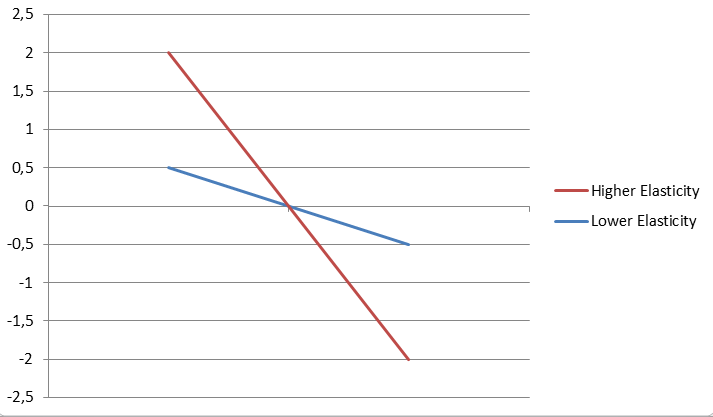Demand elasticity and policymakers in influencing transport use
| Subject: | 💻 Technology |
| Type: | Informative Essay |
| Pages: | 4 |
| Word count: | 1059 |
| Topics: | Transportation, 🚗 Electric Cars |

Need a custom
essay ASAP?
essay ASAP?
We’ll write your essay from scratch and per instructions: even better than this sample, 100% unique, and yours only.
Get essay on this topic
Sources
- ATAP, 2017. Model design. Atap.gov.au. [online] Available at: https://atap.gov.au/tools-techniques/travel-demand-modelling/3-model.aspx [Accessed 23 Nov. 2017].
- Bacombe, R., Mackett, R., and Pauley, N., 2004. The Demand for Public Transport. TRPA. [online] Available at: http://www.trpa.org/documents/rseis/New%20References%20for%20Final%20EIS/Balcombe%20et%20al%202004.pdf [Accessed 23 Nov. 2017].
- Cervero, R., 2011. Beyond Travel Time Savings: An Expanded Framework For Evaluating Urban Transport Projects. World Bank. [online] Available at: http://siteresources.worldbank.org/INTTRANSPORT/Resources/336291-1239112757744/5997693-1294344242332/Traveltimesaving.pdf [Accessed 23 Nov. 2017].
- Fouquet, R., 2012. Trends in income and price elasticities of transport demand (1850–2010). Energy Policy, 50, pp.62-71.
- Litman, T., 2017. Understanding Transport Demands and Elasticities How Prices and Other Factors Affect Travel Behavior. Victoria Transport Policy Institute. [online] Available at: http://www.vtpi.org/elasticities.pdf [Accessed 23 Nov. 2017].
- Litman, T., 2013. Transport Elasticities: Impacts on Travel Behavior. Victoria Transport Policy Institute. [online] Available at: http://www.sutp.org/files/contents/documents/resources/B_Technical-Documents/GIZ_SUTP_TD11_Transport-Elasticities_EN.pdf [Accessed 23 Nov. 2017].
- Paulley, N., Balcombe, R., Mackett, R., Titheridge, H., Preston, J., Wardman, M., Shires, J. and White, P., 2006. The demand for public transport: The effects of fares, quality of service, income and car ownership. Transport Policy, 13(4), pp.295-306.
- Peric, T. and Strumberger, N., 2002. Demand Elasticity on The Transport Market. [online] 14(5). Available at: http://www.fpz.unizg.hr/traffic/index.php/PROMTT/article/viewFile/1034/881 [Accessed 23 Nov. 2017].
- Polat, C., 2012. The Demand Determinants for Urban Public Transport Services: A Review of the Literature. Journal of Applied Sciences, 12(12), pp.1211-1231.
- Rodrigue, D. and Notteboom, D., 2017. Transport Supply and Demand. People.hofstra.edu.[online]. Available at: https://people.hofstra.edu/geotrans/eng/ch7en/conc7en/ch7c4en.html [Accessed 23 Nov. 2017].
Related Samples
Subject:
💻 Technology
Pages/words: 11 pages/2420 words
Subject:
💼 Business
Pages/words: 12 pages/3159 words
Subject:
💻 Technology
Pages/words: 3 pages/703 words
Subject:
🗳️ Politics
Pages/words: 3 pages/664 words
Subject:
🎓 Education
Pages/words: 4 pages/1044 words
Subject:
📚 Philosophy
Pages/words: 5 pages/1457 words
Subject:
⚽ Sports
Pages/words: 5 pages/1398 words
Subject:
🌷 Environment
Pages/words: 10 pages/2536 words
Subject:
💻 Technology
Pages/words: 4 pages/1177 words
Subject:
🧑🤝🧑 Sociology
Pages/words: 2 pages/577 words

Boost your grades with a new guide on A+ writing
Time to excel in writing!
The download will start within seconds.
Download Sample
This essay is publicly available.
Offered for reference purposes only.
Offered for reference purposes only.
By clicking Get this sample, you agree to our Terms & conditions & Privacy policy
Thank you!
The download will start shortly.




